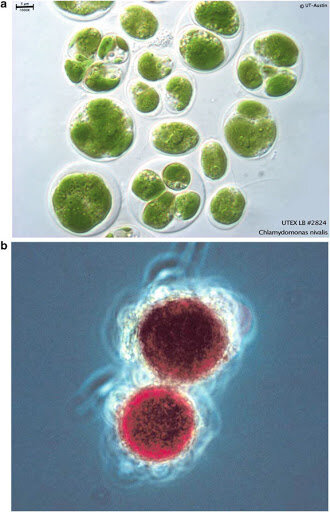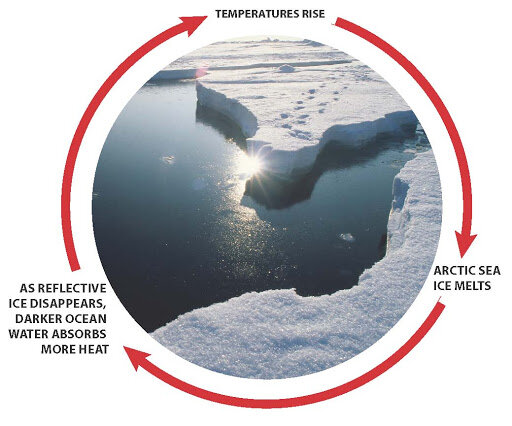Pink Precipitation
BY FARRAH LEONE
If you live anywhere that gets cold, you’ve been told to not eat the yellow snow. But no one told us what to do with pink snow. Places around the world are starting to experience watermelon snow a.k.a. “blood snow”.
Don’t worry no one got hurt. This isn’t the ‘White Christmas’ episode of Black Mirror. It’s actually due to an algae, Chlamydormonas nivalis, expressing natural red/pink pigment to protect itself from UV rays. People have even reported it smelling sweet like a watermelon, hence the name.
According to a study called, The biogeography of red snow microbiomes and their role in melting arctic glaciers, this may have larger implications than a cool instagram or a natural air freshener. It may aid in the melting of polar ice. When something is white, like snow, it reflects a great amount of sunlight without absorbing a lot of heat. But, moving down the color spectrum, towards black, things start absorbing both sunlight and heat.
This creates something called a “positive feedback loop”. All this means is that one event spurs a cascade of that same event over and over again. It is kind of like when someone is in a bad mood. That attitude can impact every person they interact with, only causing that mood to spread.
It’s a difficult concept to grasp, but the same thing is happening in the arctic due to the dark sea water. Exposing a dark color, whether that is the ocean or algae, causes the whole ecosystem to absorb more heat.
How reflective something is, is referred to as albedo. Snowy areas are supposed to have a high albedo or reflectivity in order to keep the ecosystem functioning. The presence of this algae has been said to decrease albedo by 13%. Samples taken by this study found 1,000-10,000 cells per 1mL of snow - to give some reference, 1mL of liquid only fills about ⅓ of a dinner spoon. On top of finding so many algae in the snow, it was also noted that they have strength through genetic diversity to spread throughout the world. This 2016 study took place in Greenway, Norway, Sweden, and Iceland but watermelon snow has been seen as far south as Colorado, USA in 2011.
Although the idea of this may be scary for climate change worriers (me included), we can all appreciate how adaptive and surprising ocean life can be.



